Part of the fascination with motorcycles is all those aspects that seem implausible. It’s common for motorcycle riders to be asked very entertaining questions, because of all the misconceptions about riding a motorcycle. Let’s look at 3 of the biggest bike misconceptions out there.
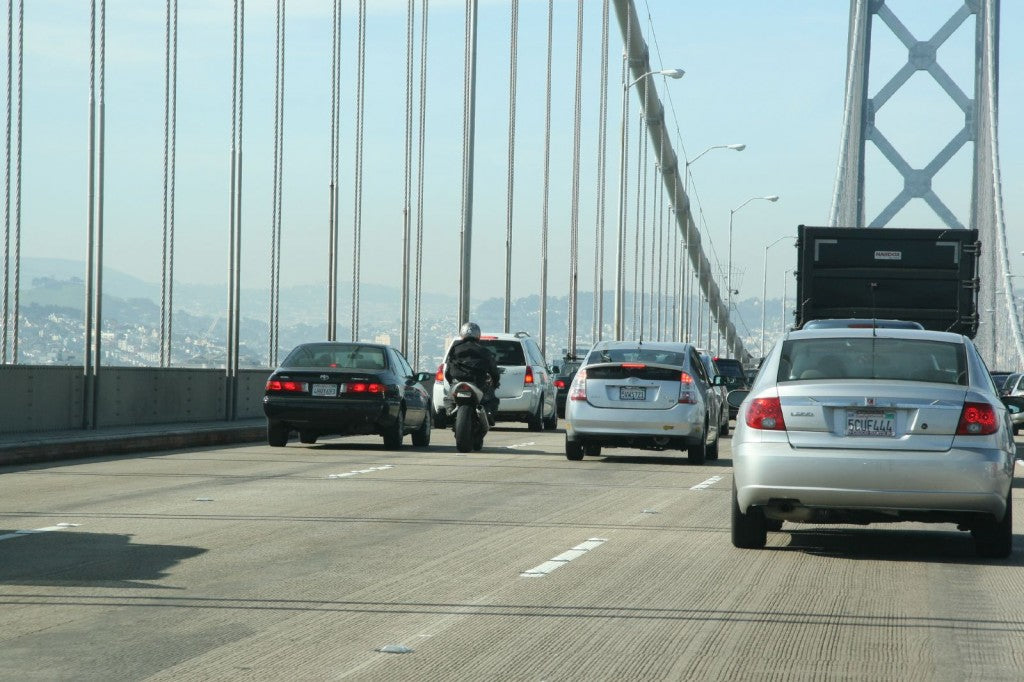
Photo credit: @EveryStockPhoto
1. It is much safer to ride in the middle of your lane than it is it lane split (ride in between 2 lanes) or filter while in traffic.
There are very few states where it is legal to ride between lanes (lane-splitting). However, in Europe the practice is actually quite common. When it is done sensibly, lane splitting has been shown to reduce the likelihood of a rear end collision, one of the most common type of motorcycle accident that occurs in stop and go traffic.
A driver glances away for a split second and doesn’t see that traffic has stopped. He/she brakes, but it’s too late, and they hit the motorcycle or car in front of them. If you’re in a car, this might only be a slight “fender bender” but if you’re in a motorcycle, you can be knocked off your seat and onto the pathway of cars in other lanes. When a motorcycle rider splits lanes, they reduce their risk of this type of accident. Furthermore, lane splitting reduces road congestion by allowing the motorcycles to filter through traffic.
As long as this is done at reasonable speed and proper distances are maintained it results in a safer ride than riding down the middle of your lane.
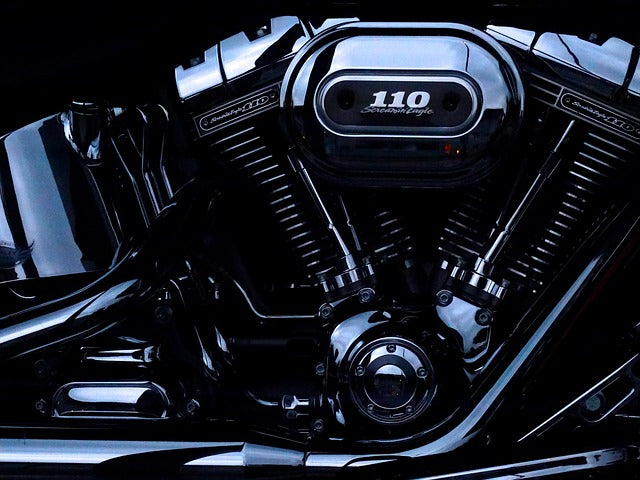
Photo credit: @Pixabay
2. You can tell how fast a bike will go by the engine size (600 vs. 1000 cc)
This is even confusing to riders who are very familiar with motorcycles. The bigger the engine the faster you’ll go, right? Well that isn’t necessarily the case though. A 1200cc Harley-Davidson isn’t going to outrun a 600cc sport bike because the sport bike is likely much lighter and nimbler, you get the idea. In addition, the rider’s experience level will also determine how fast he’ll actually go. If a rider has less than a few thousand miles riding under their belt, they might not feel comfortable enough to take their motorcycle up to its limits, even though we all see that rider push the bike beyond his limits – often ending poorly for him or her. If you’re a novice rider, you shouldn’t be riding a super sport or an Ultra Glide.
It’s impossible to explain in non-technical jargon why a 600cc engine will put out 120 horsepower while at the same time a 650cc engine will put out only 70 horsepower. It’s just the way they were built to perform. In addition, the weight of the bike also comes into play when the manufacturers determine the size of engine a bike will have. In other words, you can’t judge the speed of a motorcycle simply by their engine size.

Photo credit: @EveryStockPhoto
3. Riders are just a bunch of risk seeking individuals who are a danger to everyone on the road
Sure, just like there are daredevils behind the wheel of a car there are going to be some risk takers riding motorcycles. However, this group of individuals makes up a very small portion of riders and they are the ones you usually find wrapped around a tree.
Most riders put a great deal of thought into safety and calculated risks. They know that riding a motorcycle is far more dangerous than getting in your car and going for a drive, just as riding in a big city is much more dangerous than riding in a small town. But it is a calculated risk that riders are ready to take and they do this by investing in the proper safety gear to help reduce their risk of injury should they be in a motorcycle accident. They also work on their riding skills every single time they get on their bike.Not to mention that a large portion of motorcycle accidents are caused by other cars and not by rider error.
The minute a rider gets complacent is the minute he/she should stop riding, because a complacent rider is at risk of becoming injured.
We’ve only looked at three of the most common misconceptions out there, relating to riders, but there are plenty of others, tell us what you think.

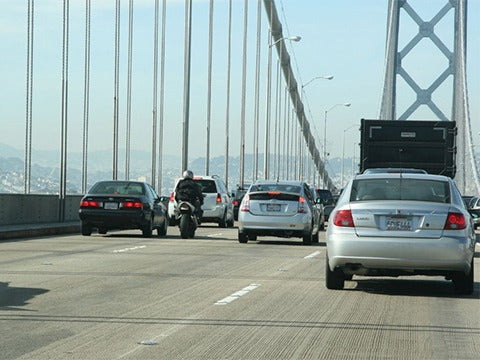

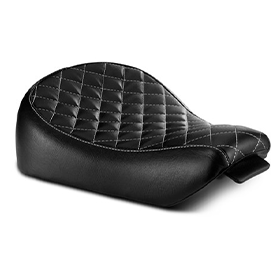




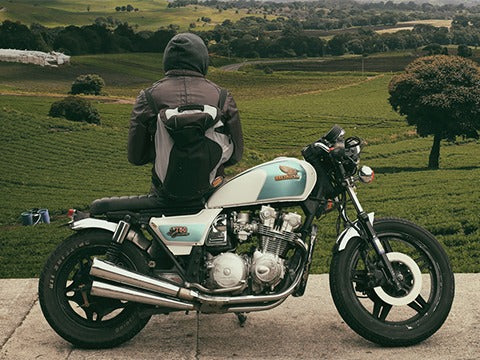



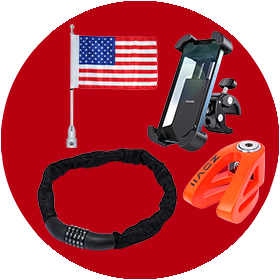

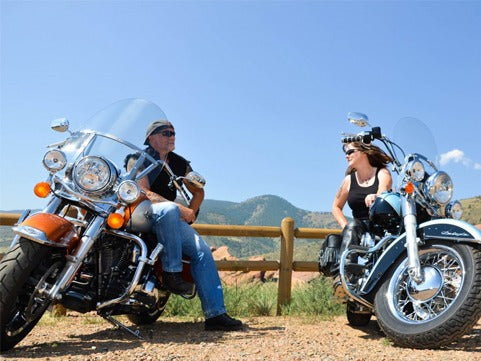

Leave a comment
All comments are moderated before being published.
This site is protected by reCAPTCHA and the Google Privacy Policy and Terms of Service apply.